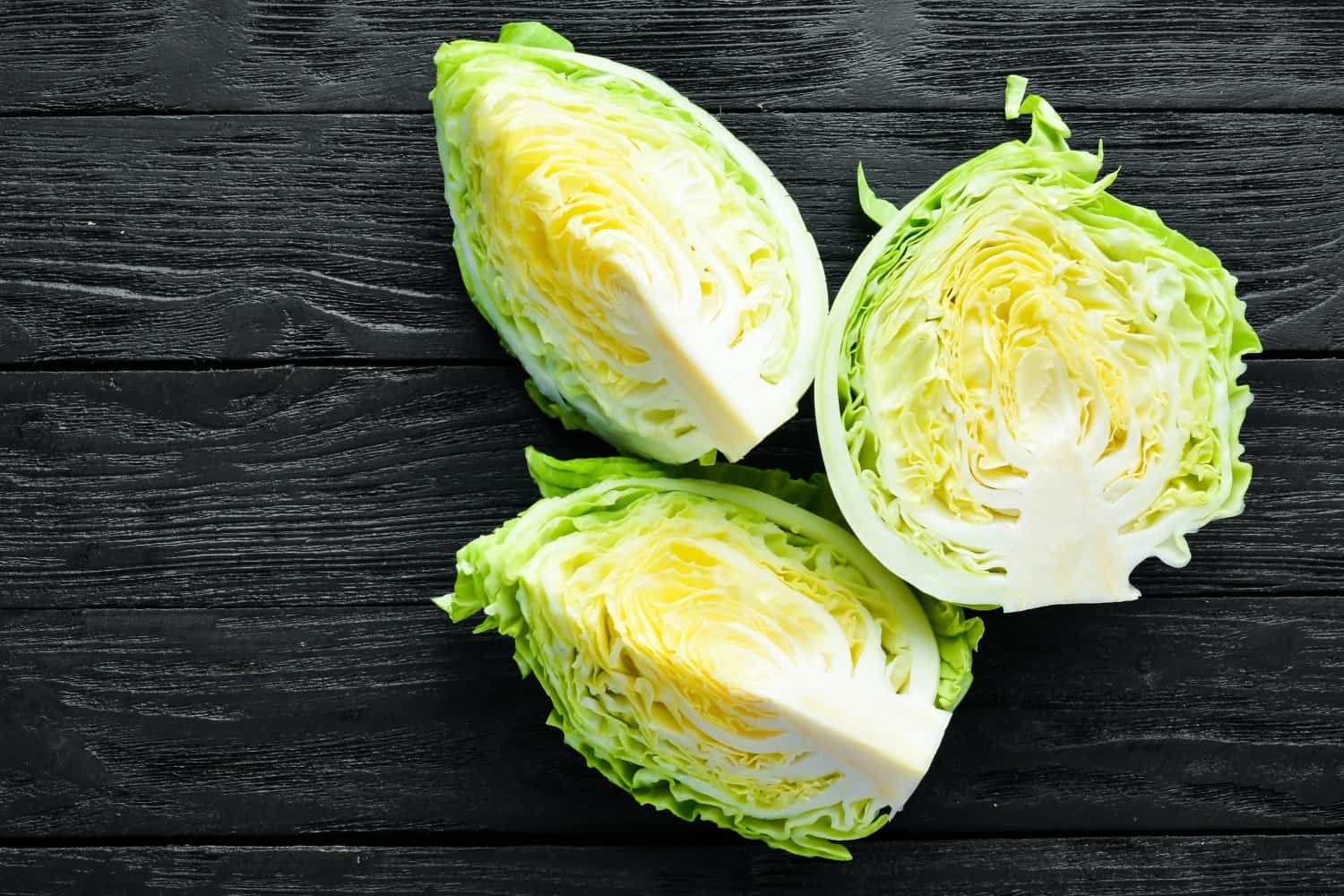Cabbage is an amazingly easy plant to grow and there are so many ways in which you can consume it. You can eat it raw, such as with coleslaw, or cook it such as in an Asian stir fry. Plus, like the rest of the brassica family, it comes with a surplus of nutrients that boost overall health.
Temperatures
Cabbage will survive and grow throughout the year, however, it generally prefers cooler climates.
If the conditions are too hot or dry, the growth of the head will be hindered, leaves will end up with more stem than usual and much of the final flavour of the plant will be lost. So growing in summer will ultimately result in poorer yield and quality.
The optimal growth temperature for cabbage is between 15°C and 20°C. Although it will survive relatively well in temperatures even lower than 5°C and is known to be fairly resistant to frost.
Sun
Most vegetable crops require plenty of sun and cabbage is no exception. Your cabbage plants will want at least six hours of sun per day, so planting them in a full sun spot is best for optimal growth.
Water
Cabbage requires good hydration in order to produce its leaves, so ideally its soil should be kept moist.
However, the moisture content should be kept moderate at all times. Avoid over-watering your crops or leaving cabbage sitting in soggy, wet soil as this will increase the risk of various diseases, such as blackleg.
Soil
Similar to beetroot, cabbage prefers soil that has good drainage and has high organic matter content. So a more loamy type medium which has good moisture retention but also drains well would do best.
Cabbage also grows best in less acidic soil. One should consider soil with a pH between 6 and 6.5. Anything below a pH of 5 could negatively affect the plant’s development.
Space
It is crucial to give your food plants enough space to grow. Squashing them up will simply hinder the development of one or more of your plants and if there are not enough nutrients to go around some may even perish.
Cabbage wants roughly 60cm of space between each plant in order to grow to its full potential. If sewing seeds, they are best placed at a relatively shallow level or around 5mm from the surface.
